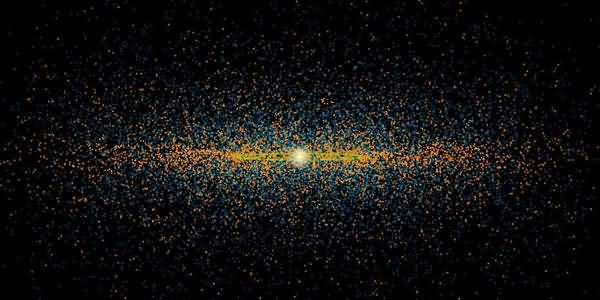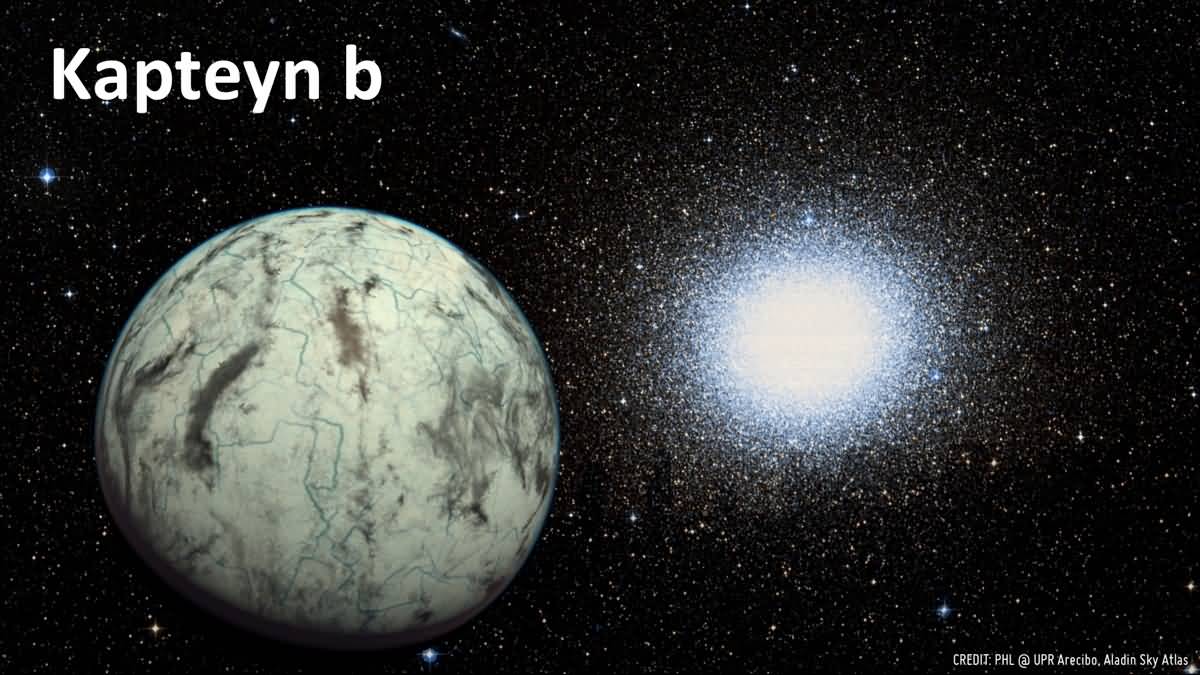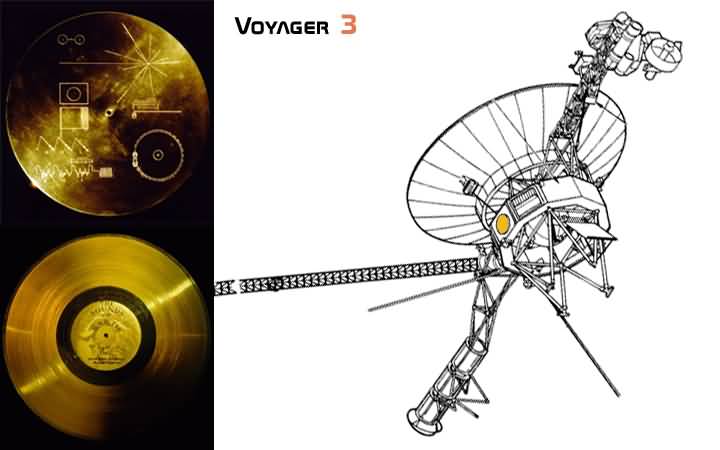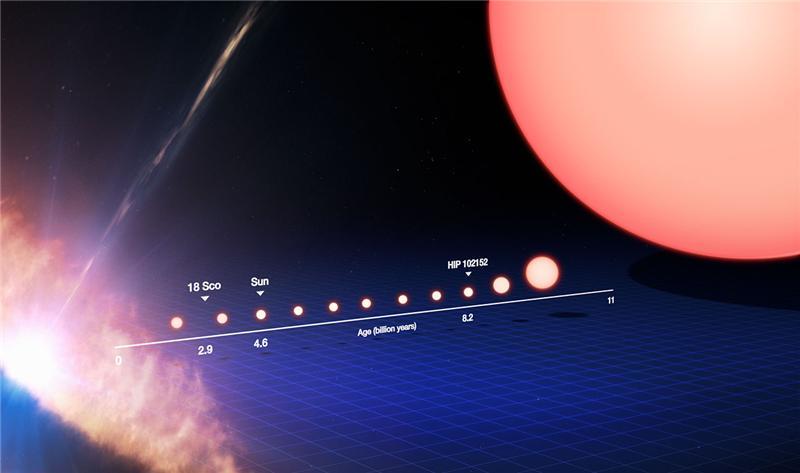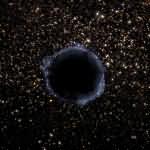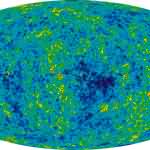Meteors, Asteroids and more
This image shows a dotted line representing comets, asteroids, and similar objects known to exist in the solar system. Orange lines represent those that can cause global damage, while blue lines represent those that can cause damage in smaller areas. The Earth's orbit is shown as a green line.
The meteor that entered the Earth's atmosphere and exploded over Russia on January 15, 2013, released 500 kilotons of energy. This energy is equivalent to the energy of 30 atomic bombs dropped on Hiroshima. The shock wave injured approximately 1,000 people and shattered the windows of 100,000 homes (this number does not include schools, hospitals, or office buildings).
On January 21st, scientists confirmed that fragments of the meteor had been recovered. The first fragment measured 17 meters and weighed 10,000 tons. The remaining fragments, except for a few, were only 7 mm in size. The meteor's explosion in the atmosphere caused it to break into many smaller pieces. The first question that comes to mind is, "How did we not see it coming?"
Technology has its limits. If it's smaller than a certain amount, we can't detect it. There's no warning, no awareness, no preparation. We can only be instantly aware of it by the brightness in the sky before the impact. But we know that such a collision is rare. It's estimated to occur approximately once every 100 years. And that's a bit of a relief. Of course, this relief only lasts until we can investigate potentially hazardous asteroids.
Potentially Hazardous Asteroids (PHAs) include asteroids whose orbits can approach within 8 million kilometers of Earth. These are large enough to penetrate Earth's atmosphere and reach the surface. These asteroids can cause destruction, whether regional or global. NASA's NEOWISE has detected 4,700 of them so far. They are colored orange in the image. While they may seem intimidating, they orbit Earth quite large and often pass through.
The blue orbiters in the image represent more than 20,000 Near-Earth Objects (NEOs) larger than 100 meters. If asteroids of this size were to strike Earth, they would cause global devastation. The death toll, especially if they hit the wrong location, would be devastating. Furthermore, this discovery is thought to represent only 20 to 30 percent of the total.
Source:
From Quarks To Quasars-Meteors, Asteroids, and Other Terrifying Things

